Tracking Clean Recipes Using FabGuard Equipment Performance Indicators
Problem Statement
Tool: 200mm Epitaxial Silicon Chamber Tool
General: Track the time between clean recipe executions and place limits on clean recipe(s) that have not run within a specified time.
Specific: The RP-ETCHCOAT “Clean-On-Load” recipe will intermittently fail to run without a known cause. The result is that the first couple wafers in a lot may be processed using different chamber conditions than were originally intended. To solve this problem, we want to know if the clean recipe RP-ETCHCOAT has been processed within the last 12 hours. If not, we want to notify the engineer via email. FabGuard can easily provide the necessary analysis and notification using equipment performance indicators (EPI) and reports.
The tool event 12940x identifies when Chamber X started the clean recipe RP-ETCHCOAT. In FabGuard, a time since event Bin will graphically show the transitions (Figure 1.)
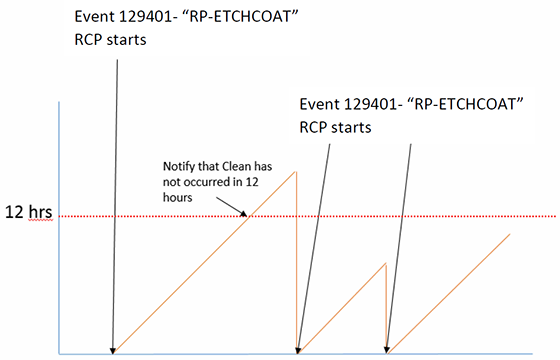
Figure 1: Time since tool event 12940, the start of the clean recipe RP-ETCHCOAT.
Solution
To track the duration of the event, an “EPI from Timer Start” was created in FabGuard. There is “check” option which allows the associated EPI report and limits to be evaluated before a stop occurs. Additionally, since the “Started Cleaning Recipe” collection event identification (CEID) is not recipe specific, a secondary logistic was added to the EPI Timer so that each clean recipe would have independent tracking (Figure 2.)
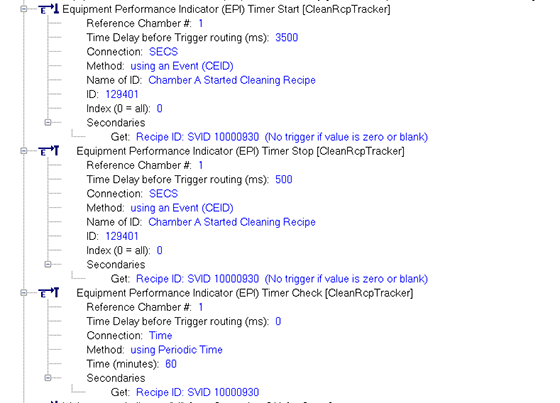
Figure 2: The EPI Timer Start, Stop, and Check setup in FabGuard.
With the same CEID being used as the Start and Stop trigger, a three second delay was created to separate the two triggers. A secondary state to obtain the tool recipe ID was included so the timers would be recipe specific. Also, a recipe name must be available to initiate the trigger. Filtering of the recipe name was handled at the report level.
The report setup is straightforward and can be recipe specific or include a combination of recipes (Figure 3.) An important thing to remember is that the report will need to have limits defined and be in an enabled state for the EPI timer check to occur. A configured report with simulated alarms is shown in Figures 4 and 5.
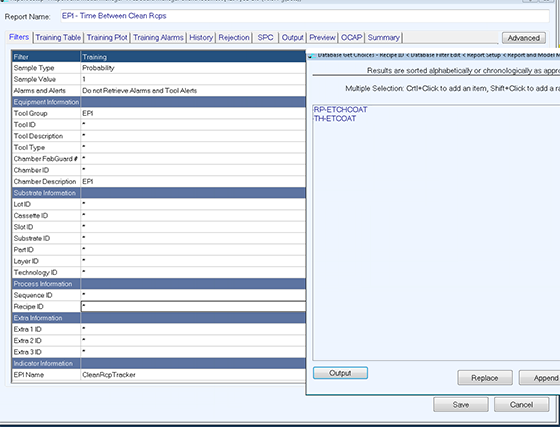
Figure 3: The EPI Timer report setup in FabGuard.
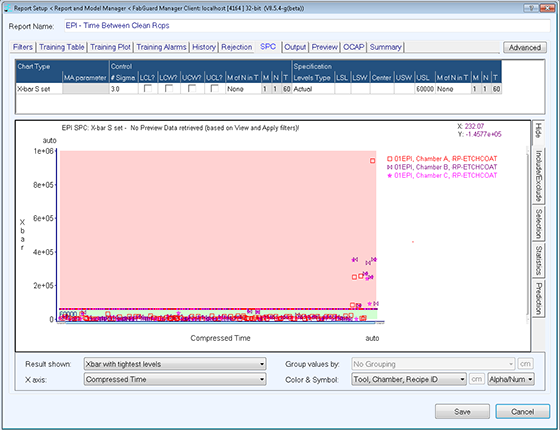
Figure 4: The EPI Timer report view in FabGuard.
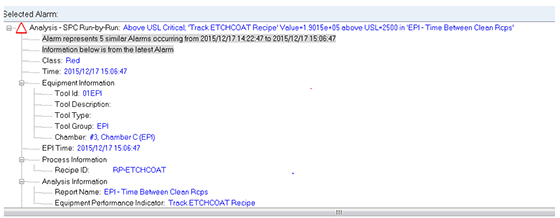
Figure 5: The EPI Timer simulated alarm in FabGuard.
Conclusion
With the configuration of three EPI Triggers and a single report, FabGuard was able to easily provide the necessary analysis and notification to track the time between Clean Recipe Runs. This solution mitigates a known failure mode on the equipment, minimizes the risk to product, and helps to ensure consistent operating conditions.